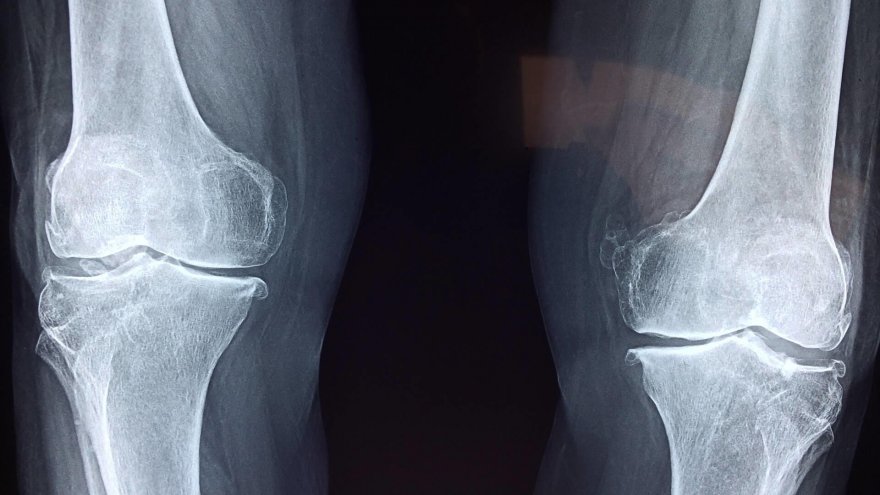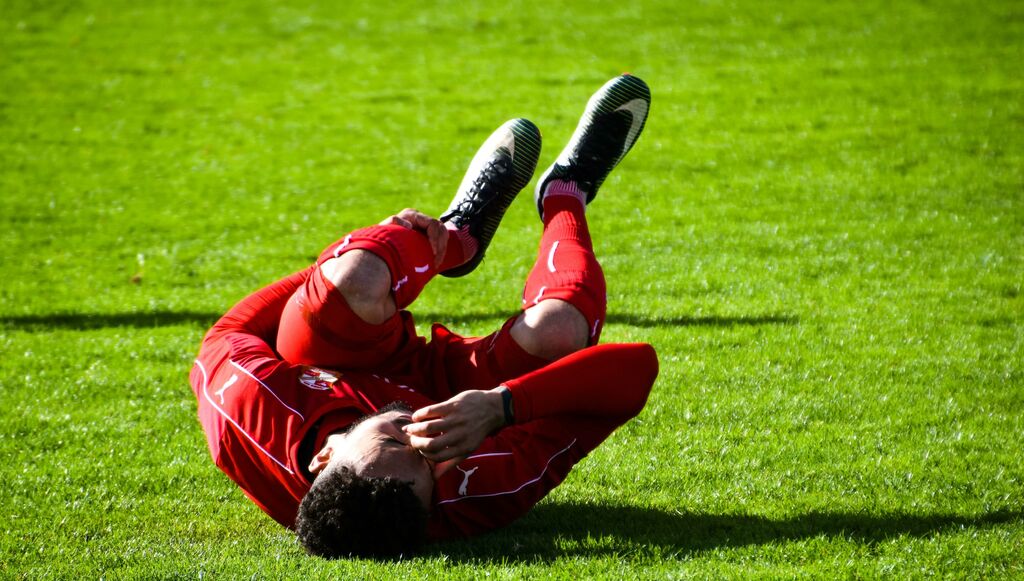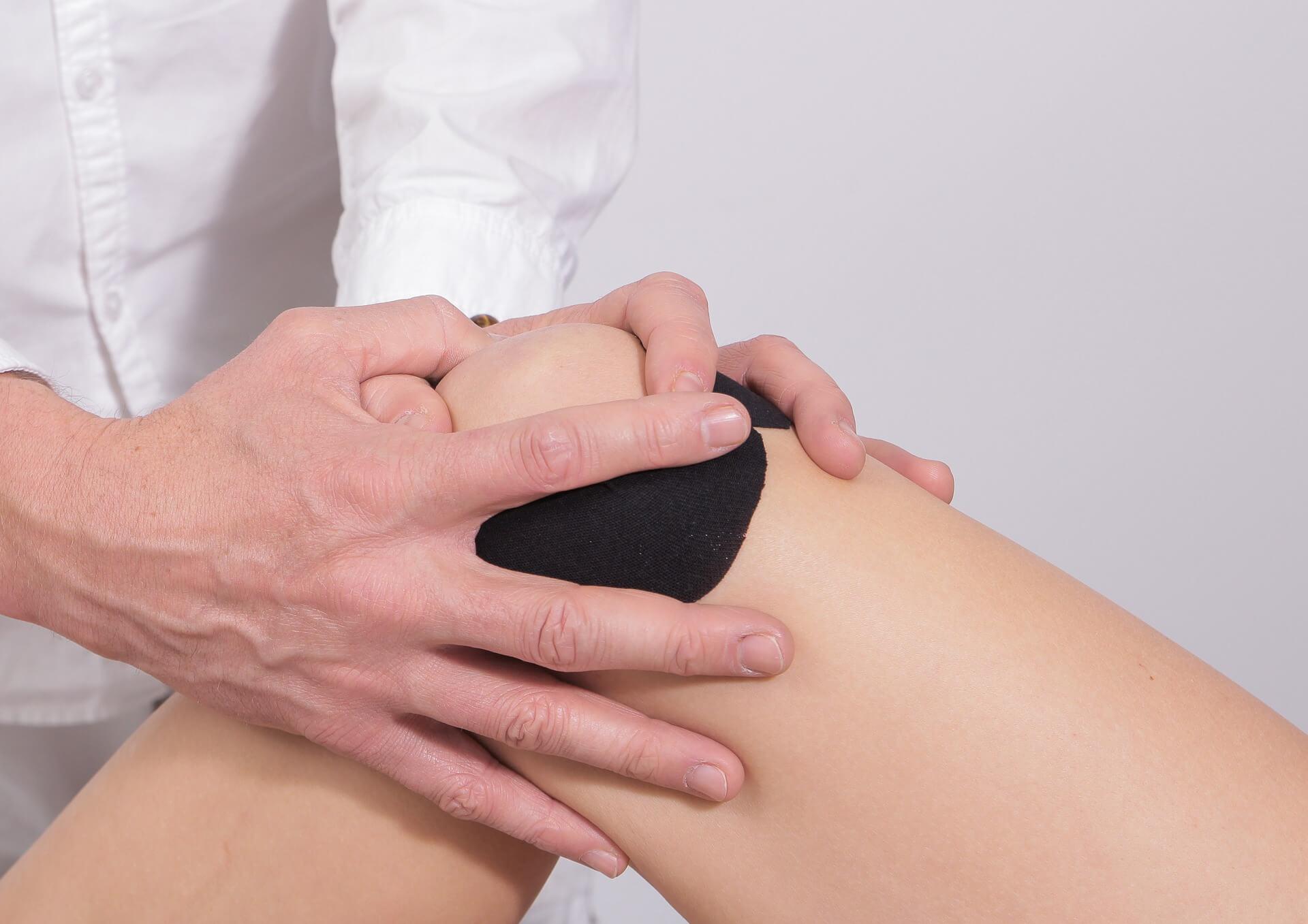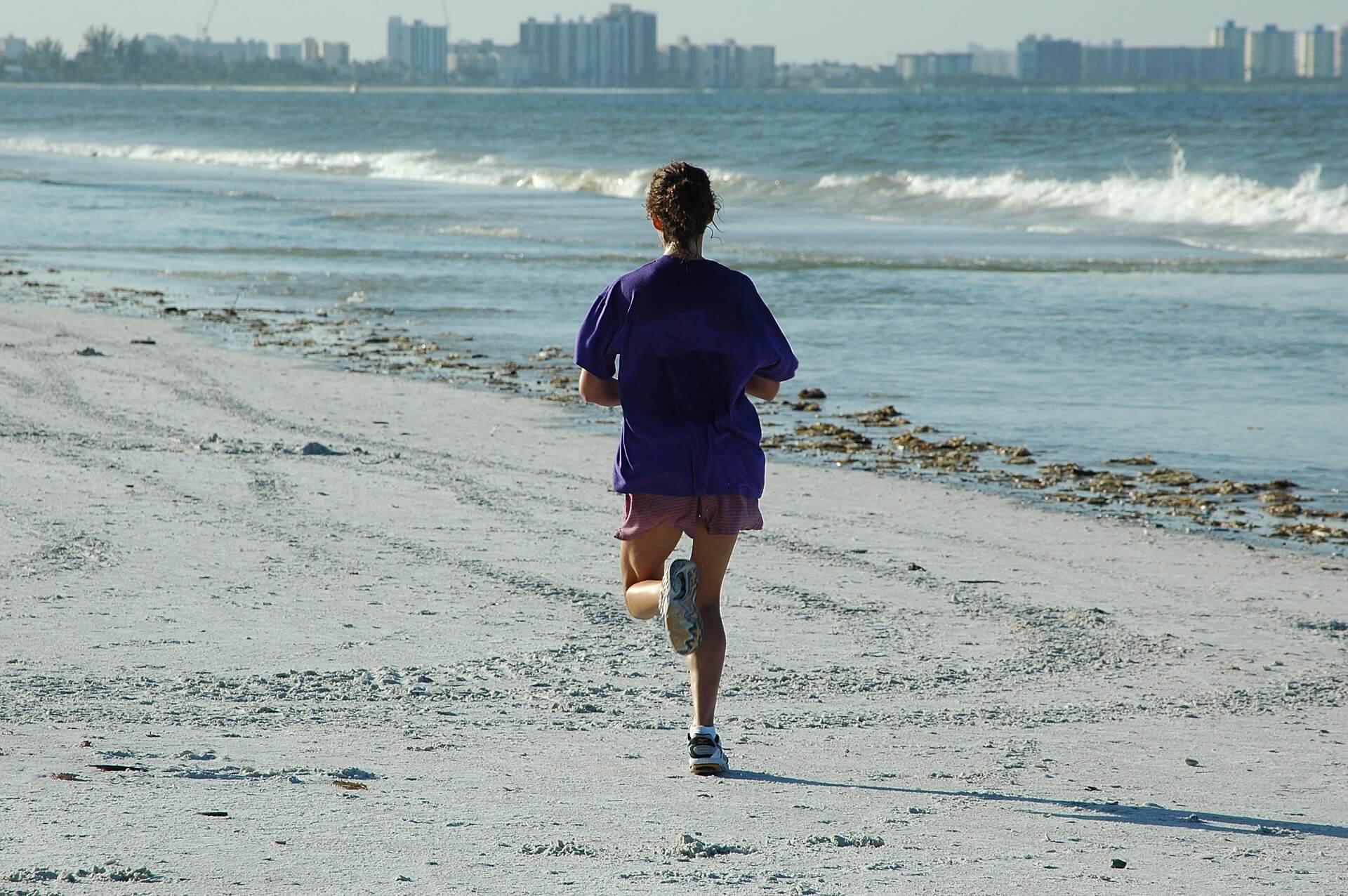Running After Total Joint Replacement

Osteoarthritis (OA) is known to be one of the most devastating chronic conditions in those affected. The disease is most commonly found in the elderly, inactive population, but younger individuals and athletes are also susceptible. The condition is defined as the presence of defective joint cartilage and resulting bony abnormalities. The usual symptoms are pain and swelling in the affected area that may or may not limit functional activities. It is difficult to diagnosis in the athletic population due to the higher pain tolerance in athletes. The cause of OA has been described as the “wear and tear” on joints, and therefore running and other higher impact sports have been frowned upon in order to avoid developing the disease. More recent research has shown that the actual cause is variable and physical activity may or may not be a contributing factor.
Gender, race, genetics, obesity, prior injury, and physical activity are just a few risk factors for developing osteoarthritis. Obesity and joint injury are the factors with the strongest association with the condition. The obvious weight load to the hips and knees in obese individuals is what will result in wasting of articular cartilage in joints on a constant basis. High impact sports such as football and soccer are highly linked to the development of OA since the structural changes to the articular cartilage in joints are caused by the consistent blunt trauma to joints from these contact sports. Research shows that impact forces from running are not great enough to cause the structural damage to cartilage, as some information has argued.

Can We Run or Not?
Runners who are more prone to developing OA are most likely those who have had prior joint injuries. After implementing all other conservative treatment options, unfortunately a total joint replacement may be necessary in order to restore mobility and relieve pain. In recent years, younger adults are undergoing joint replacements, many of which partake in sports. Surgeons often advise patients to not participate in impact sports, including running, after joint replacement surgeries. The thought has been that these types of activities will shorten the lifespan of the artificial joint and require the need for a revision surgery. More recent studies have stated that there is not specific evidence to support this thought.
Individuals who are experienced runners are usually able to gradually continue the sport with little modification. Intensive rehabilitation is highly recommended in these cases to ensure the muscles are strong enough to withstand the impacts of running and protect the artificial joint as much as possible. Running is most definitely not recommended as a post-surgical activity for beginners. The typical lifespan of an artificial joint is around 20 years, but ultimately depends on many factors. Overall health of the patient, quality of the surgery and artificial joint, and activity level may either shorten or extend the lifespan, and this will vary among individuals. Any physical activity may increase the risk of injury to the operated joint such as a dislocation or fracture, but this is the case whether operated or not.

Benefits of Exercise Post-Surgery
Incorporating any physical activity after a hip or knee replacement is highly recommended by clinicians in order to maintain general health. The proper physical activity also helps in maintaining good bone health, which is necessary to limit artificial joint loosening and bone density weakening that may lead to osteoporosis and fractures. Most patients will voluntarily lower their activity levels following joint replacement surgeries merely as a “precaution” since most surgeons will have emphasized the importance of avoiding high impact activities. Due to the contradicting evidence on the outcomes of impact sports on artificial joints, many surgeons are now promoting a more generous level of returning to activity post-surgery.
Getting Back into Running—Safely
A rehabilitation program is advised immediately after any joint replacement surgery. A proper physical therapy protocol may last anywhere from two to six months, depending on the surgical outcomes and/or if there were any complications from the surgery itself. The goal of rehab is to increase the range of motion in the joint and build up enough strength and endurance required for daily activities and the desired sport. Many patients return to running within 8 to 12 weeks if full strength is restored. The most important part to this return is making sure to gradually increase running time and intensity, while continuing to incorporate the strengthening and inflammation management techniques.

A walk/run program is the ideal starting point for runners post-surgery. A good strategy is to run 3 to 5 sets of 3 to 5 minutes of slow-paced running with 3 to 5 minutes of walking in between. Performing this workout or a similar one every other day with a gradual increase should be easy enough and effective at monitoring symptoms and strength deficits. Alternating running days with another form of cross-training such as swimming or cycling will have a runner back into shape in no time. Of course, as mentioned above, the strengthening exercises are of utmost importance and should be incorporated daily along with icing the operated joint, especially within the first few weeks, to prevent increased swelling. It is important to keep the running to consistently flat surfaces initially. Once full running is restored for a few months and there are no symptoms of increased pain or soreness, uneven terrain can be added such as mild trail running and sand.

Although there is conflicting data regarding the return to sports following total joint replacements, it is very likely one is able to run post-surgery. As long as the individual was a runner beforehand and follows the rehabilitation protocols to restore full strength and motion in the joint, it should be safe to return to a running program. Some studies have shown that this may lead to a shorter lifespan and a higher risk of requiring a revision surgery. Surgeons should educate patients on this possibility, while emphasizing the importance of continuing a healthy lifestyle. The best approach is to always seek the advice of your surgeon and get clearance before beginning any impact activities to avoid delaying the healing of the operated joint and prolonging the rehabilitation following the surgery.
Sources
Latest Articles
 Is Running on a Treadmill Easier Than Running Outside?Runners have their own preferences, whether it is treadmill running, running outside on the road, or exploring trails. So...
Is Running on a Treadmill Easier Than Running Outside?Runners have their own preferences, whether it is treadmill running, running outside on the road, or exploring trails. So... Is It OK to Use Trail Running Shoes on the Road?While trail running shoes can be used on roads, especially in situations where a runner encounters mixed terrains or pref...
Is It OK to Use Trail Running Shoes on the Road?While trail running shoes can be used on roads, especially in situations where a runner encounters mixed terrains or pref... How to Fix Sore Quads After Running?Rest, ice, gentle stretching, and over-the-counter pain relievers can help soothe sore quads after running. Also, ensure ...
How to Fix Sore Quads After Running?Rest, ice, gentle stretching, and over-the-counter pain relievers can help soothe sore quads after running. Also, ensure ... 10 Fruits With The Most Electrolytes to Replace Sports DrinksThese fruits are high in electrolytes such as potassium, magnesium, and calcium, essential for hydration, muscle function...
10 Fruits With The Most Electrolytes to Replace Sports DrinksThese fruits are high in electrolytes such as potassium, magnesium, and calcium, essential for hydration, muscle function...

